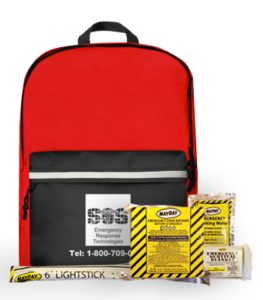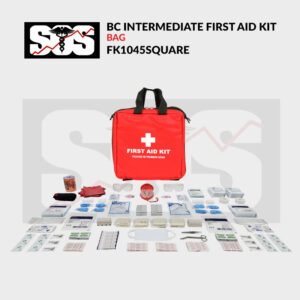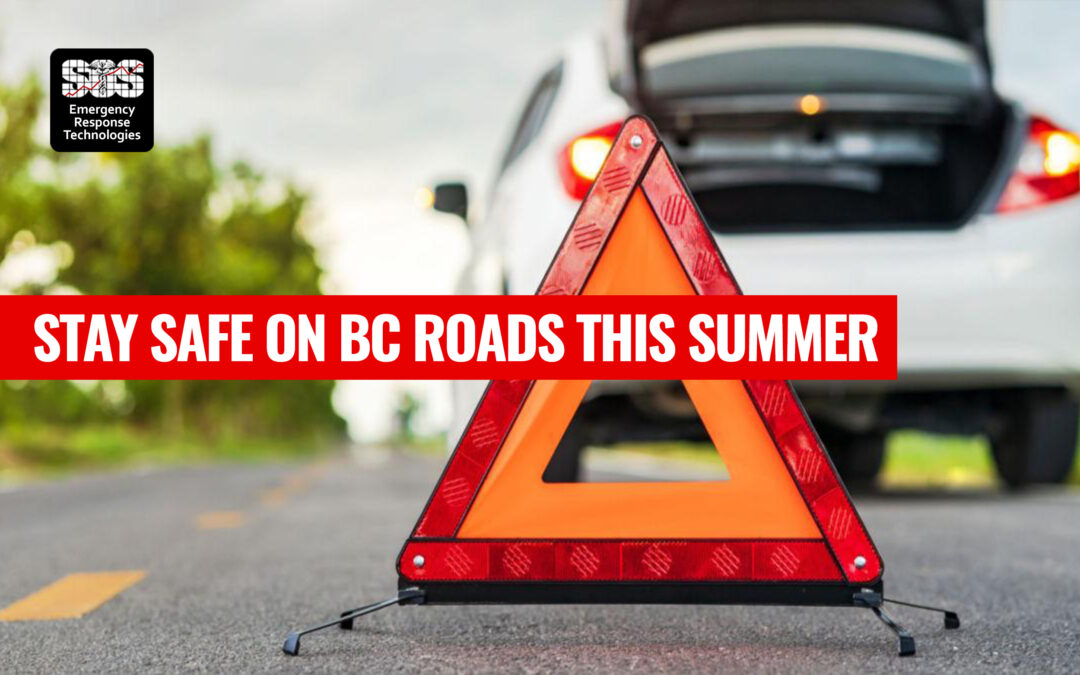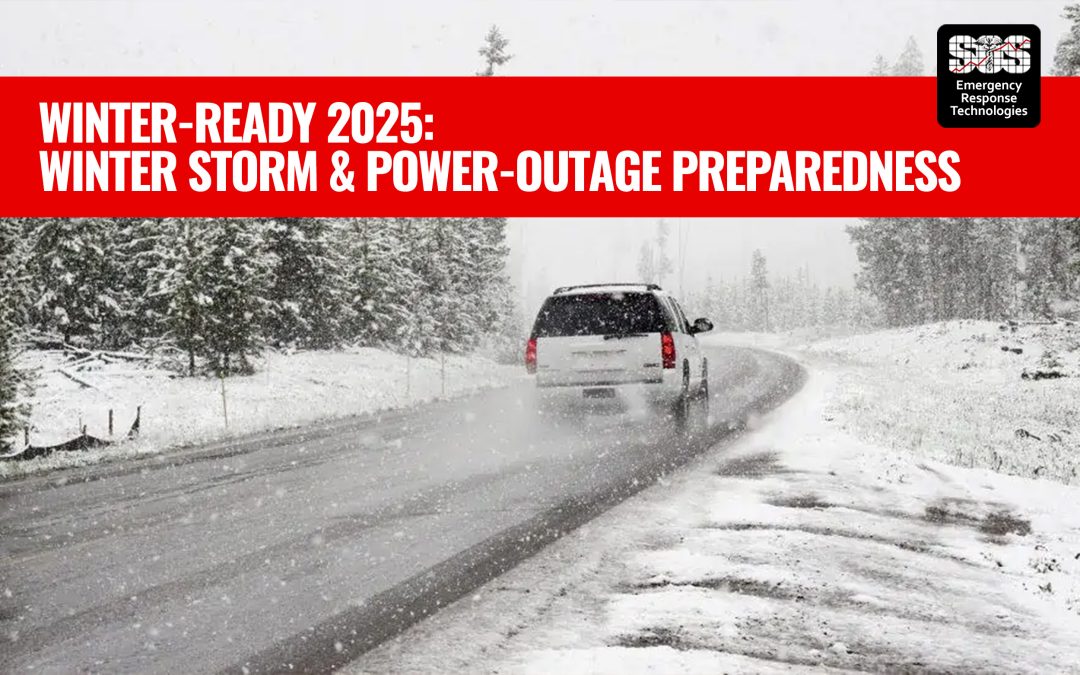
Winter-Ready 2025: Winter Storm & Power-Outage Preparedness
Winter-Ready 2025: Winter Storm & Power-Outage Preparedness
Winter Comes with Surprises — Will You Be Ready?
Every year, Canadian winters remind us how unpredictable Mother Nature can be. A sudden snowstorm, an extended power outage, or a vehicle stranded in freezing temperatures can quickly turn dangerous – especially if you’re not prepared.
Whether you’re at home, at work, or on the road, being winter-ready is about more than warm clothes – it’s about having the right emergency supplies and a solid plan in place.
At SOS Emergency Response Technologies, we’ve spent two decades helping workplaces, schools, and families across BC stay safe through the toughest seasons. This winter, we’re sharing our expert tips and updated Winter Storm & Power-Outage Preparedness Kit checklist so you can face 2025 prepared.
1. Understand the Risks This Winter
Winter hazards are evolving. Along with snow and ice, modern winter emergencies often involve:
- Extended power outages due to ice-damaged lines
- Transportation shutdowns and impassable roads
- Remote work isolation during severe storms
- Increased risk of carbon monoxide exposure from improper heating
- Frostbite and hypothermia when heat and shelter are limited
Knowing these risks is the first step toward building a practical plan for your household, workplace, and vehicle.
2. Preparedness for Your Home this winter
Your home should be a safe haven during a storm – but only if you have the right essentials.
Basic Supplies
- Non-perishable food and bottled water (3-day minimum)
- Manual can opener and disposable utensils
- Flashlights with extra batteries
- LED lanterns or crank lights
- First aid kit with emergency blankets
- Multi-tool and duct tape
Power & Heat Backup
- Portable power bank or solar charger
- Safe-to-use backup heater
- Extra blankets, sleeping bags, and thermal wear
- Carbon monoxide detector with backup batteries
Home Safety Add-Ons
- Sand or salt for icy steps
- Fire extinguisher
- Battery-powered radio for emergency updates
- Whistle to signal for help
SOS Recommendation:
Check out our SOS 72hr Emergency Kit – pre-assembled with the tools, lighting, warmth, and safety essentials tested for Canadian conditions.
3. Vehicle & Travel Readiness
Winter can turn a short drive into a survival situation. Keep a Winter Vehicle Kit in your car at all times, especially if you travel between cities.
Must-Have Items:
- Snow brush and ice scraper
- Small shovel and traction sand
- Booster cables
- Warm clothing, hat, gloves, and blankets
- Non-perishable snacks and water
- Flashlight and extra batteries
- Cell phone charger (car plug-in and power bank)
- Emergency flares or reflectors
Pro Tip: Never let your gas tank fall below half during cold months.
SOS also offers a compact Emergency Auto Kit to store in your car.
4. Workplace & Office Preparedness
As a member of the Richmond Chamber of Commerce, SOS understands how critical continuity is for local businesses.
- Key Actions for Workplaces:
- Maintain a stocked Occupational Health & Safety Kit
- Create a Winter Storm Response Plan (shelter-in-place, evacuation, communication)
- Ensure at least one staff member is trained in First Aid and CPR/AED
- Have emergency lighting and communication systems tested regularly
SOS Tip: We provide corporate winter preparedness kits and on-site training programs to help businesses stay compliant and operational.
5. Stay Connected: Communication & Power Resilience
When power and Wi-Fi go out, your ability to communicate could be lifesaving.
Prepare with:
- Backup phone power banks
- Portable solar or crank charger
- Printed emergency contact list
- Battery radio for local alerts
- Offline copies of critical documents (medical, insurance, contact lists)
6. Prevent Common Winter Hazards
- Frostbite & Hypothermia: Dress in layers, stay dry, and warm up often.
- Carbon Monoxide Poisoning: Never use generators, stoves, or charcoal grills indoors.
- Slips & Falls: Use ice melt, wear proper footwear, and keep entryways clear.
- Mental Health: Isolation and darkness can weigh heavily — stay in touch with loved ones and check in on seniors or vulnerable neighbours.
7. After the Storm: Recovery & Review
Once the storm passes:
- Check your home for damage (roof, pipes, heating system)
- Replenish any used supplies
- Review what worked and what needs improvement
- Update your kit for next time
Preparedness is Peace of Mind
Winter will always be unpredictable — but your safety doesn’t have to be.
With the right knowledge, supplies, and training, you can keep your home, car, and workplace safe through any storm.
Don’t wait for the snow to fall. Prepare today with SOS Emergency Response Technologies — your partner in emergency readiness for over 20 years.

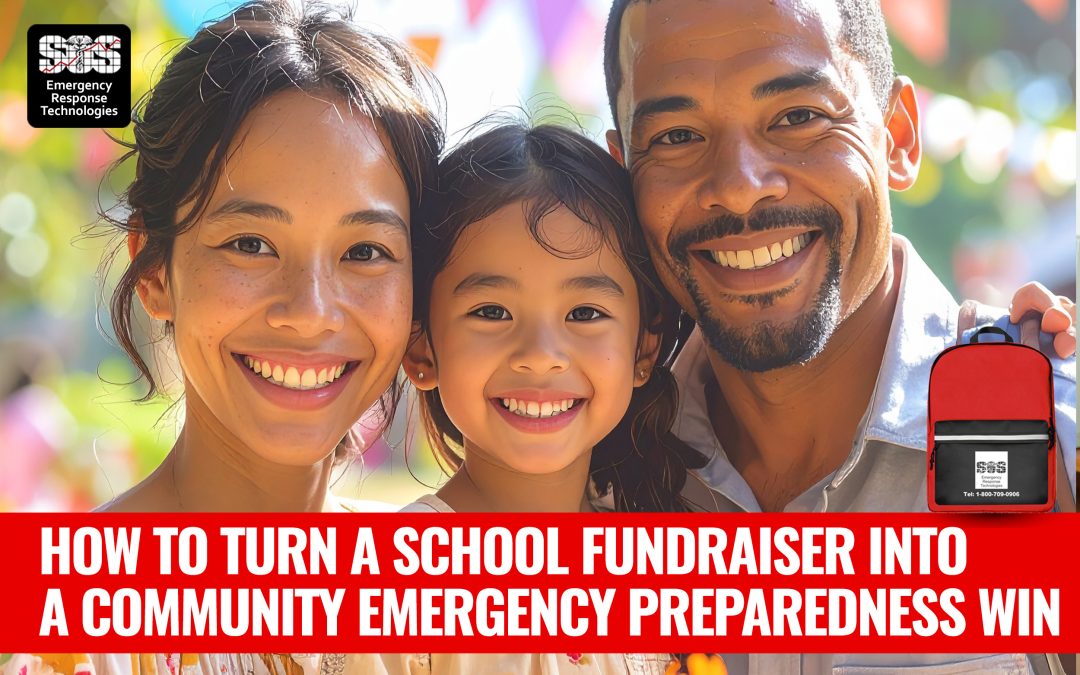
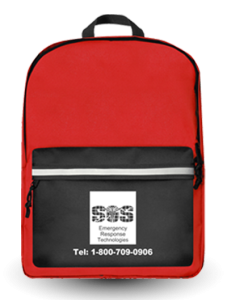 Why Emergency Preparedness Matters for Families
Why Emergency Preparedness Matters for Families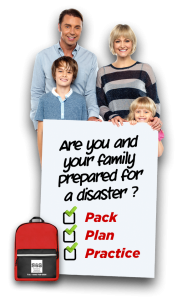 Why Your School Should Choose This Fundraiser
Why Your School Should Choose This Fundraiser
